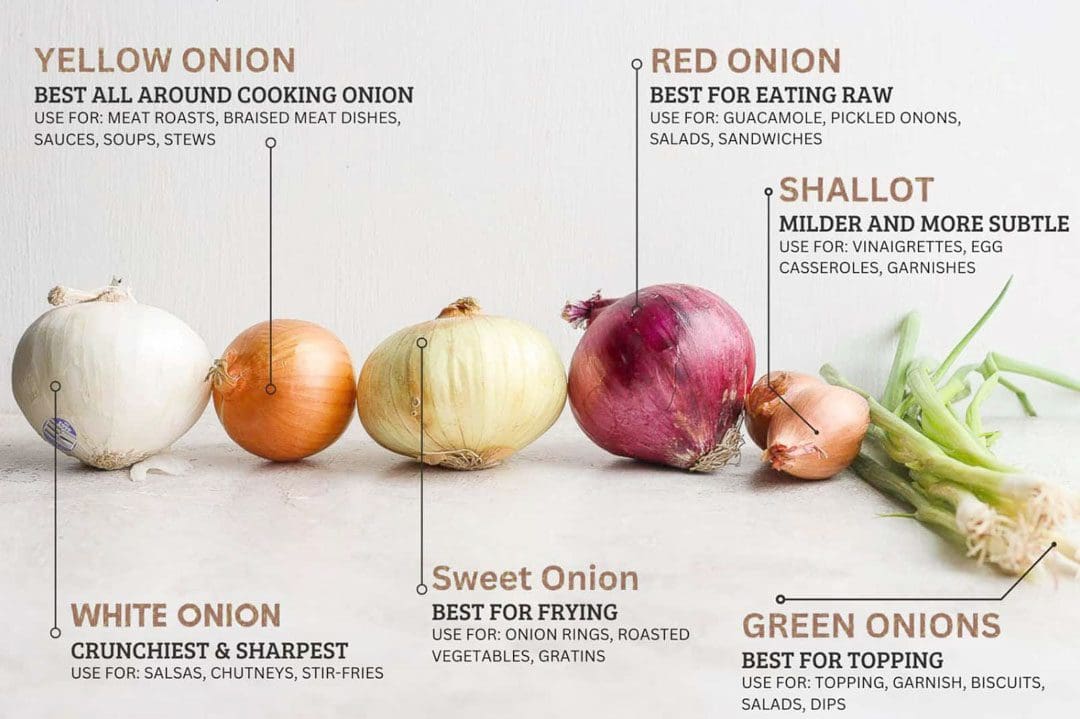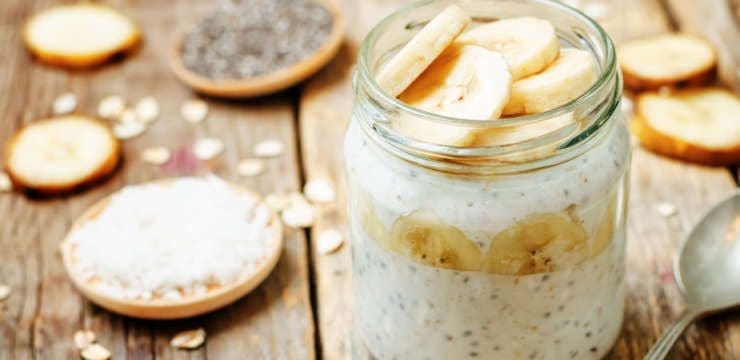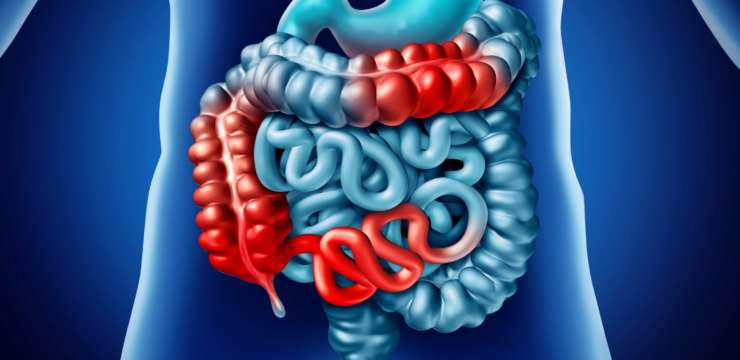
“For individuals looking to maintain wellness or begin their wellness journey like increasing antioxidants, protection against cancer, immune system support, and other health benefits, can adding onions be a nutritious way to improve overall health?”

Table of Contents
Onions
Onions are nutritious vegetables like garlic, chives, leeks, and shallots. The most common types are red, white, yellow, and Spanish onions. They have antifungal, antibacterial, anti-inflammatory, and other healthful properties.
- Whichever way they are prepared they do lose some of their nutritional value when cooked.
- They contain flavonoids, glutathione, selenium compounds, vitamin E, and vitamin C.
- When selecting onions, look for those without blemishes or discoloration, that are firm, and have dry, papery skins.
Benefits
They contain phytochemicals – compounds plants produce to fight off harmful bacteria, viruses, and fungi. These phytochemicals provide health benefits when consumed and provide the following properties: (Xin-Xin Zhao, et al., 2021)
- Anti-obesity
- Antioxidants
- Antidiabetic
- Anti-inflammatory
- Antimicrobial
- Anticancer
- Protect the cardiovascular, digestive, respiratory, reproductive, and neurological systems.
- Protect against liver disease.
- Support a healthy immune system.
Types and Varieties
They belong to the Allium plant genus which includes plants like garlic, leeks, and chives. (Oregon State University. 2022)
- They vary in flavor and can be sweet, tangy, and sour.
- Different varieties combined with farming practices contribute to the flavor profile of onions.
- There are many varieties of onions.
- The most common and widely available are red, white, yellow, and Spanish.
- Other types include cipollini, pearl, and Vidalia.
Raw or Cooked
They are beneficial whether eaten raw or cooked, cooking them reduces the number of thiosulfinates – compounds that provide antimicrobial, antifungal, and antibiotic properties.
- Research shows that onions that are crushed before cooking retain their health benefits. (Holly L. Nicastro, et al., 2015)
- Boiling and frying onions has been shown to cause the most significant loss in nutritious value.
- Other preparation methods that decrease health benefits include sautéing, steaming, and microwaving.
- Baking onions is shown to increase flavonoid levels.
- Consuming dried, powdered onions can also provide nutritious value to foods, especially if the powder is freeze-dried. (Damini Kothari, et al., 2020)
Nutrition Facts
Onions can contribute to a healthy diet. The flavonoids, glutathione, selenium compounds, vitamin E, and vitamin C, contribute to the antioxidant properties of the vegetable. (Holly L. Nicastro, et al., 2015) The nutrition information for one medium onion: (U.S. Department of Agriculture. N.D.)
- Total calories: 44
- Total fat: 0 grams
- Cholesterol: 0 milligrams
- Carbohydrates: 10 grams
- Dietary fiber: 2 grams
- Total sugars: 5 grams
- Protein: 1 grams
- Calcium: 2 milligrams
- Sodium: 4 milligrams
- Iron: 1 milligrams
- Vitamin D: 0 micrograms
When Selecting
Onions can contain pesticide residue, heavy metals, microbial contamination, and nitrate accumulation. Knowing where the onions come from can help ensure there was no incorrect use of pesticides or that the soil they were grown in was not enriched with heavy metals. When possible, purchase from reputable sources with transparent farming practices, like the farmers markets. (Xin-Xin Zhao, et al., 2021)
- Onions found in environments that have not been effectively sterilized have an increased risk of growing harmful bacteria.
- To avoid contamination of Escherichia. coli or E. coli, salmonella, and mold, it’s safest to purchase whole onions and cut them at home rather than purchasing pre-chopped onions. (Xin-Xin Zhao, et al., 2021)
- Select those that feel firm, have little to no bruises or discolored spots, and have dry papery skin.
- Avoid those that show evidence of mold, like white or black spots on the surface or inside the layers, and those with green shoots, which means the onion is still edible but won’t last that long.
Hypertension Diet
References
Zhao, X. X., Lin, F. J., Li, H., Li, H. B., Wu, D. T., Geng, F., Ma, W., Wang, Y., Miao, B. H., & Gan, R. Y. (2021). Recent Advances in Bioactive Compounds, Health Functions, and Safety Concerns of Onion (Allium cepa L.). Frontiers in nutrition, 8, 669805. doi.org/10.3389/fnut.2021.669805
Oregon State University. Types of onions and varieties.
Nicastro, H. L., Ross, S. A., & Milner, J. A. (2015). Garlic and onions: their cancer prevention properties. Cancer prevention research (Philadelphia, Pa.), 8(3), 181–189. doi.org/10.1158/1940-6207.CAPR-14-0172
Kothari, D., Lee, W. D., & Kim, S. K. (2020). Allium Flavonols: Health Benefits, Molecular Targets, and Bioavailability. Antioxidants (Basel, Switzerland), 9(9), 888. doi.org/10.3390/antiox9090888
U.S. Department of Agriculture. Onions.
Disclaimers
Professional Scope of Practice *
The information herein on "Gain Health Benefits with Onions: The Ultimate Guide" is not intended to replace a one-on-one relationship with a qualified health care professional or licensed physician and is not medical advice. We encourage you to make healthcare decisions based on your research and partnership with a qualified healthcare professional.
Blog Information & Scope Discussions
Welcome to El Paso's wellness blog, where Dr. Alex Jimenez, DC, FNP-C, a board-certified Family Practice Nurse Practitioner (FNP-C) and Chiropractor (DC), presents insights on how our team is dedicated to holistic healing and personalized care. Our practice aligns with evidence-based treatment protocols inspired by integrative medicine principles, similar to those found on dralexjimenez.com, focusing on restoring health naturally for patients of all ages.
Our areas of chiropractic practice include Wellness & Nutrition, Chronic Pain, Personal Injury, Auto Accident Care, Work Injuries, Back Injury, Low Back Pain, Neck Pain, Migraine Headaches, Sports Injuries, Severe Sciatica, Scoliosis, Complex Herniated Discs, Fibromyalgia, Chronic Pain, Complex Injuries, Stress Management, Functional Medicine Treatments, and in-scope care protocols.
Our information scope is limited to chiropractic, musculoskeletal, physical medicine, wellness, contributing etiological viscerosomatic disturbances within clinical presentations, associated somato-visceral reflex clinical dynamics, subluxation complexes, sensitive health issues, and functional medicine articles, topics, and discussions.
We provide and present clinical collaboration with specialists from various disciplines. Each specialist is governed by their professional scope of practice and their jurisdiction of licensure. We use functional health & wellness protocols to treat and support care for the injuries or disorders of the musculoskeletal system.
Our videos, posts, topics, subjects, and insights cover clinical matters, issues, and topics that relate to and directly or indirectly support our clinical scope of practice.*
Our office has reasonably attempted to provide supportive citations and has identified the relevant research studies or studies supporting our posts. We provide copies of supporting research studies available to regulatory boards and the public upon request.
We understand that we cover matters that require an additional explanation of how they may assist in a particular care plan or treatment protocol; therefore, to discuss the subject matter above further, please feel free to ask Dr. Alex Jimenez, DC, APRN, FNP-BC, or contact us at 915-850-0900.
We are here to help you and your family.
Blessings
Dr. Alex Jimenez DC, MSACP, APRN, FNP-BC*, CCST, IFMCP, CFMP, ATN
email: coach@elpasofunctionalmedicine.com
Licensed as a Doctor of Chiropractic (DC) in Texas & New Mexico*
Texas DC License # TX5807
New Mexico DC License # NM-DC2182
Licensed as a Registered Nurse (RN*) in Texas & Multistate
Texas RN License # 1191402
ANCC FNP-BC: Board Certified Nurse Practitioner*
Compact Status: Multi-State License: Authorized to Practice in 40 States*
Graduate with Honors: ICHS: MSN-FNP (Family Nurse Practitioner Program)
Degree Granted. Master's in Family Practice MSN Diploma (Cum Laude)
Dr. Alex Jimenez, DC, APRN, FNP-BC*, CFMP, IFMCP, ATN, CCST
My Digital Business Card





